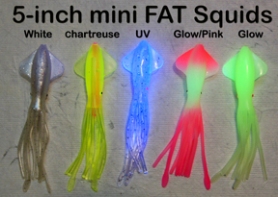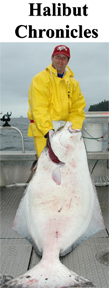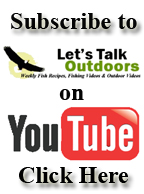Guiding for Whaler’s Cove Lodge last summer gave me a unique perspective on salmon fishing. As an outdoor writer, traveling from one spot to another for story assignments I learned many tips, tricks and techniques. And fishing my home waters in Washington also afforded me a great opportunity to learn, observe and adapt, but nothing like guiding every day for 90 days in one locale.
For years anglers have asked why certain colors work in certain areas at specific times. After carefully taking note of changes I have some interesting observations. First off, Dr. Colin Kageyama’s book, “What Fish See” made me think hard about what fish see and how they see colors. Kageyama first introduced himself to me back in 1999, just after writing his book. His research showed that salmon eyes change as they mature and get closer to their natal stream, which causes them to see colors differently. For instance, coho are famous for hammering kelly green in lower sections of the river. As they travel farther upstream their eye pupils elongate and change how they see colors.
The image on the left shows a salmon eye that is very round. The lower image was adjusted by me to show an elongation of the pupil. As you can see, light passing through the round pupil vs. the elongated pupil will be different and distort color interpretation by the cones and rods in the fish’s eye.
Now, on to the practical side of this information.
Six Hour Color Window
While fishing for coho at Danger Point in Southeast Alaska, I began to notice certain colors worked extremely well and then they stopped producing bites and another color would get hot. It took several weeks to finally unravel the mystery of why colors got hot and then cold.
When fishing in terminal areas, defined as an area where salmon congregate near natal streams, different schools of salmon would congregate, feed and mill around and then continue on their way with the flow of the tides. High tide would bring new fish and low tide would wash salmon back to the area. The “fresh” coho to the area were less mature, and would often mill about feeding with reckless abandon. The more mature coho salmon that washed back into the area on low tide typically went for different colors. After noticing a distinct pattern, and watching the other guides and noting what colors were hot, I began thinking of color choice on a six hour color window.
On incoming tides greens, chartreuse, blues and purples worked extremely well. On outgoing tides the popsicle colored hoochie or squid worked well. Additionally, coho from other river systems also entered the area to feed on the rich abundance of herring. When these new schools arrived with a tide, it did not take long to notice what colors worked best. Again, the reason is simple, each school of coho is at a different stage of their life cycle and see colors slightly different. Knowing this is a good reason to watch closely what colors work best during a tide and adapt as new or old fish arrive on the scene. While this article deals more with coho, the concepts also apply to Chinook as well, when fishing for mature runs vs. immature feeders.
 When “prospecting” an area or color choice, I like to try the UV, White or Chartreuse mini FAT Squids first. Early in the morning or when fishing deep the Glow works extremely well. For mature fish the Glow/Pink gets the nod.
When “prospecting” an area or color choice, I like to try the UV, White or Chartreuse mini FAT Squids first. Early in the morning or when fishing deep the Glow works extremely well. For mature fish the Glow/Pink gets the nod.
And remember, each salmon fishing location is different, so try different colors to see what works best. Try the six hour color window idea and pay attention to what colors work best on each tide. Learn to adapt from day to day and tide to tide as the fish mature and water conditions change. Simply paying attention and not getting stuck on a lure color will increase your odds over anglers that refuse to adapt.
I’m looking forward to this summer at Whaler’s Cove Lodge, helping guests catch lots of fish while continuing to learn the everyday mysteries of why fish bite, why they bite certain colors and how to get them to bite more often.
Stay tuned, I will be writing frequently this summer about techniques, tips and everything salmon.
Good luck,







